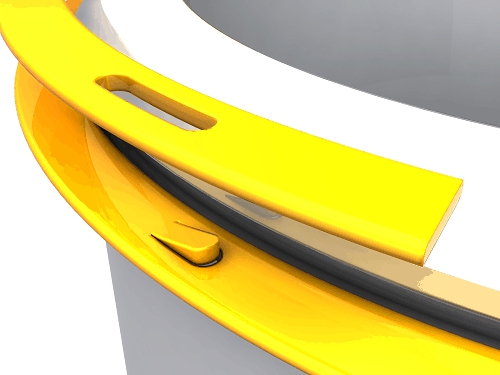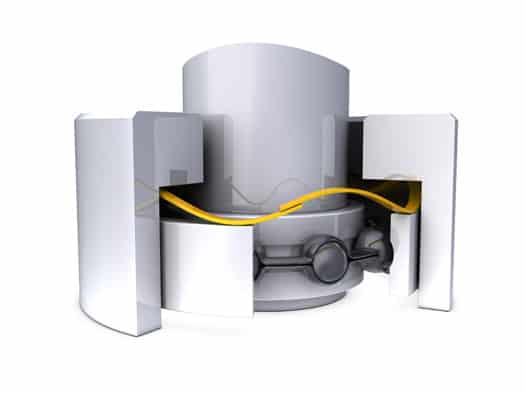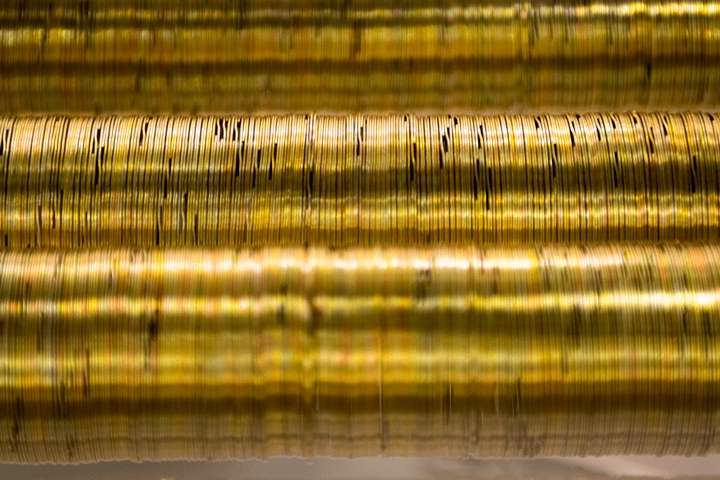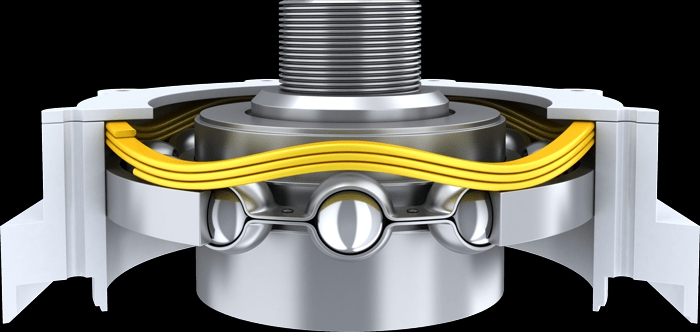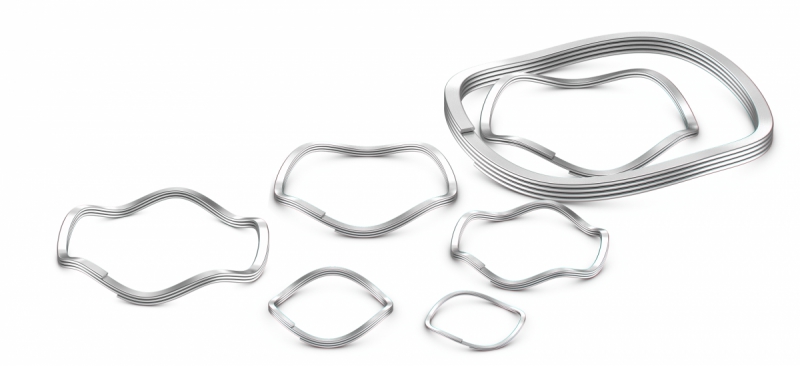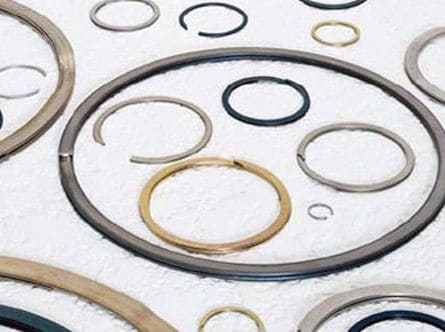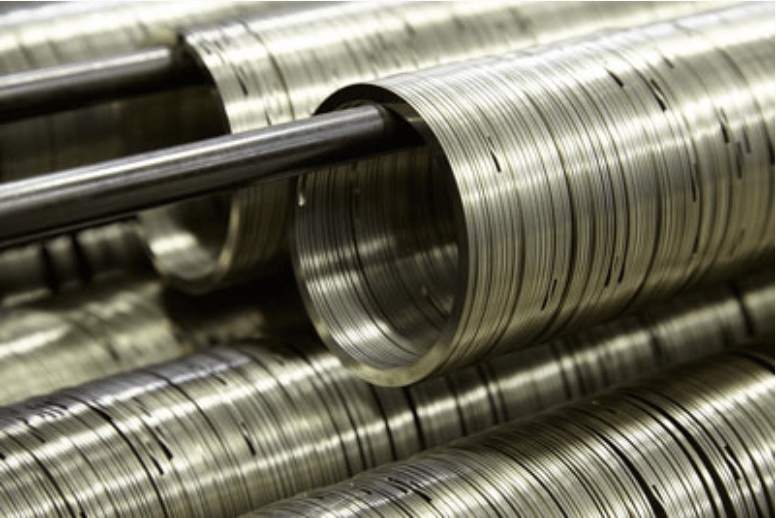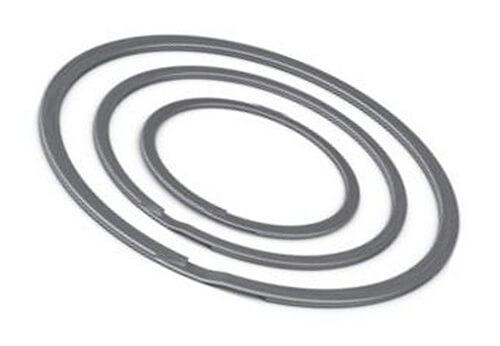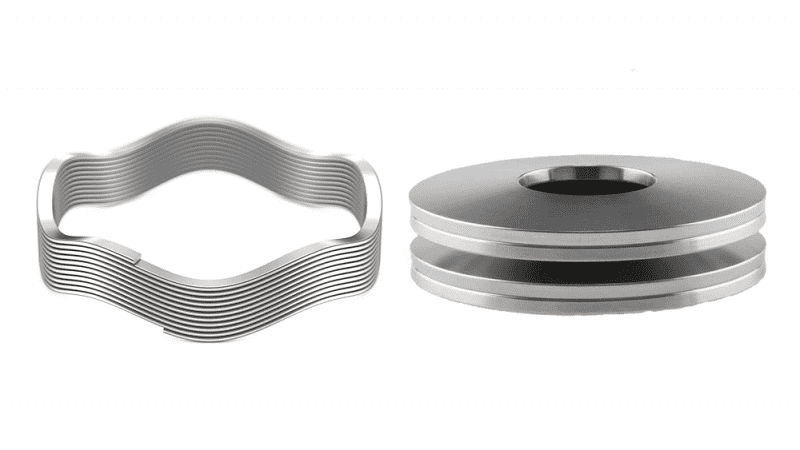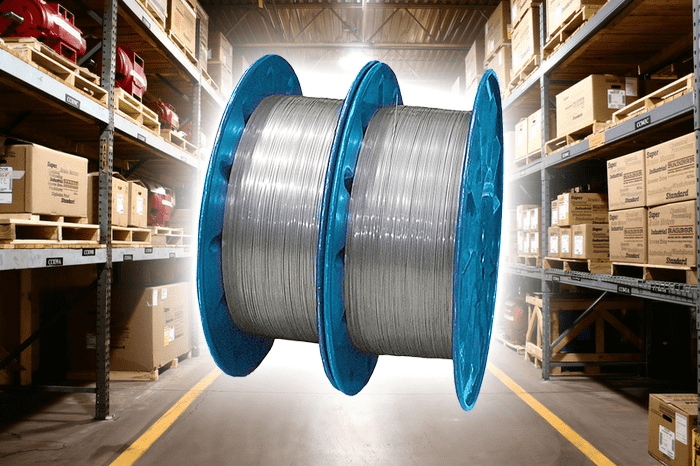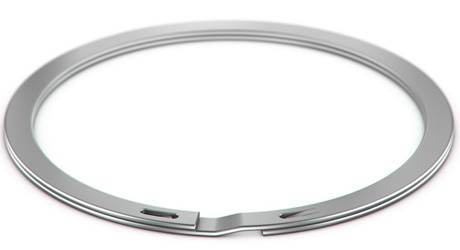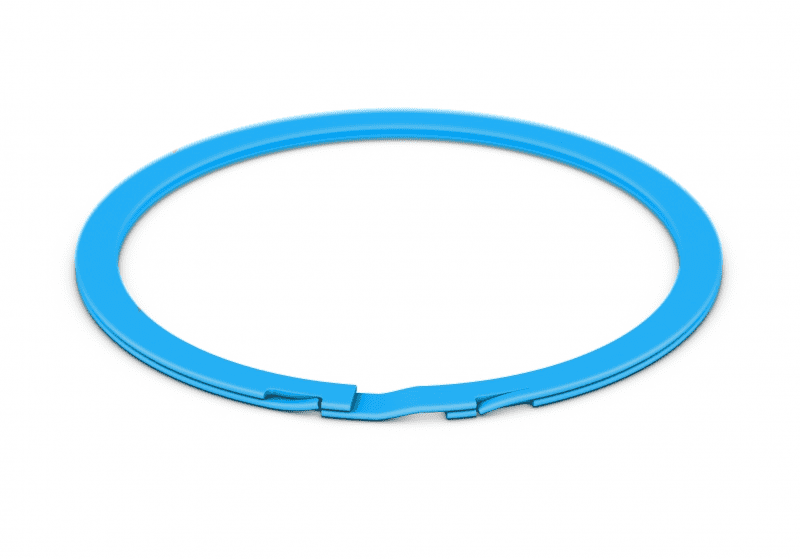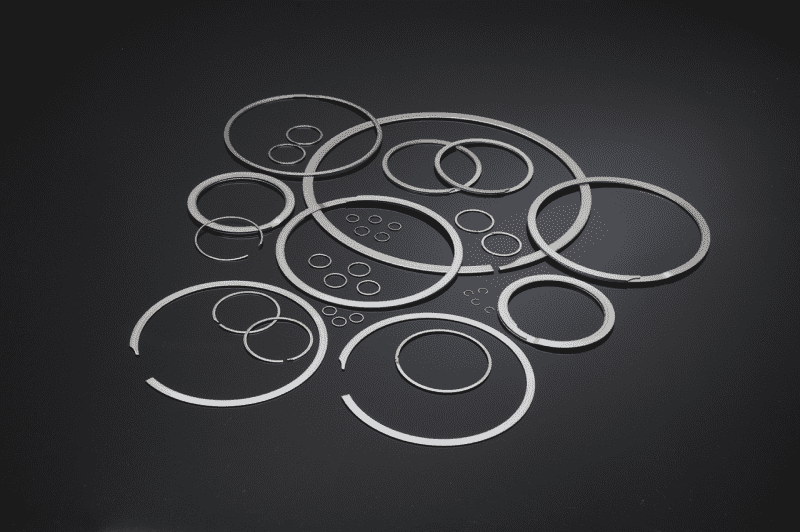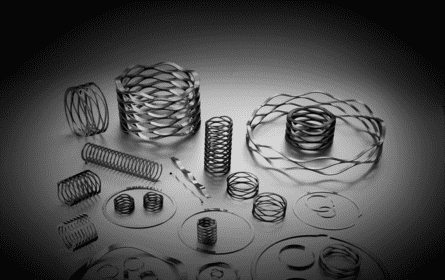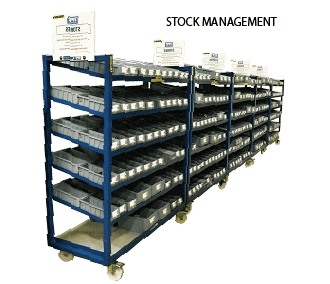- Contact 0870 350 7767
- |
- Advertise
Wave Springs FAQ
 News and PR from TFC Ltd - Published 26 January 2018
Frequently asked questions about Smalley Wave Springs
Compared with a helical coil spring with the same deflection, can Wave Springs offer the same load level or higher?
Yes, the load at a given operating height is determined by several factors such as material thickness, number of waves and the number of turns (coils). These factors can be modified to provide a spring with a higher spring rate or one that functions similarly to a helical coil spring. Our technical sales team can provide assistance to help identify the correct wave spring for your application.
News and PR from TFC Ltd - Published 26 January 2018
Frequently asked questions about Smalley Wave Springs
Compared with a helical coil spring with the same deflection, can Wave Springs offer the same load level or higher?
Yes, the load at a given operating height is determined by several factors such as material thickness, number of waves and the number of turns (coils). These factors can be modified to provide a spring with a higher spring rate or one that functions similarly to a helical coil spring. Our technical sales team can provide assistance to help identify the correct wave spring for your application.Smalley products are manufactured by coiling flat wire on edge whereas stamped washers require specific die tooling. Due to this 'edge-winding' process, Smalley springs will always have a gap or an overlap end profile. A major benefit of this process is that, since Smalley springs will operate and/or cling in a bore, when they are compressed to their operating height they will not bind as the gap ends allow for the expansion in outside diameter. A stamped spring cannot be designed to operate tightly in a bore as it would bind during compression. Consequently Smalley springs can work in tighter radial cavities. Also the manufacturing process does not require the springs to be heat treated after production and, as a result, they provide more accurate, repeatable load characteristics than a wavy washer.
Can wave springs create a lower spring rate similar to a helical coil spring?
Similar to Q1, as a result of the variable factors described, we are capable of matching these springs in most cases and our technical team is always available to discuss your specific design questions.
Are Smalley Wave Springs cheaper than conventional coil springs?
As a direct comparison, wave springs may seem high compared to conventional round wire springs but the component piece price alone does not reflect the full cost of the assembly. Smalley Crest-to-Crest® Wave Springs allow for smaller assemblies with a reduced spring operating height (typically 50% of that required for a conventional coil spring) and a resulting smaller spring cavity. This can generatehuge cost-savings in the surrounding cast and machined parts resulting in net savings that far outweigh the cost variance of the spring components.
Can a Smalley Wave Spring directly replace a conventional coil spring?
Smalley Crest-to-Crest® Wave Springs can provide similar forces and deflections as a traditional coil spring. However, since they achieve this at around 50% of the operating height of a conventional spring, our wave springs are not generally specified to be a direct substitute unless the benefits of a lower spring rate and/or a larger deflection spring are apparent. Generally Smalley springs are designed into the application from the outset in order to realise all the benefits and our technical team are on hand to offer assistance in these instances.
For more information on Smalley's Wave springs please visit our catalogue page, or contact our engineering team on +44 (0)1435 866011.
Other announcements from TFC Ltd
-
RAILTEX 2019
In our industry, it’s vital to keep moving forward; to constantly innovate and to allow your clients and customers to do the same.
13 May 2019
-
Application Spotlight: Self-Locking Rings in Automotive Applications
TFC offers an array of standard retaining rings for different automotive applications. Selecting the appropriate ring requires an understanding of the application requirements, which includes thrust load, groove dimensions, and many others. If your application rotates at high speeds, the rotational capacity of the retaining ring will be important to consider.
05 Apr 2019
-
Application Spotlight: Wave Springs for Bearing Preload
What is bearing preload? When assembling individual bearing components, the outer race, inner race, balls, and retainer all work together so that there is a controlled amount of internal clearance be
14 Mar 2019
-
Our Finishes for Retaining Rings and Wave Springs
Whether you need added corrosion resistance or simply want to change the appearance of your part, we can offer a wide range of finishing processes to ensure that your retaining rings and springs perform the way that they need to in your application. Below is a list of some of the more common choices that we have available.
01 Mar 2019
-
Applications – Nested Spirawave® Wave Springs
Our new Nested Spirawave® Wave Springs can be used in applications across many different industries. They are used to replace a stack of single-turn wave springs or when a single-turn spring cannot produce the forces necessary within an application. Below are just a few examples of how nested springs can be used.
08 Feb 2019
-
Introducing our newest Wave Spring Series: Nested Spirawave® Springs!
We are proud to announce the first standard line of nested wave springs on the market. They will now be available from stock in carbon and 17-7 PH stainless steel from .500 to 4″ or 16 to 100 mm. View the new range.
25 Jan 2019
-
Colour variations in materials
Smalley retaining rings and wave springs can be manufactured in many different types of alloys. Each of these materials has specific properties which make them appropriate for use.
06 Dec 2018
-
Which Exotic Alloy is right for your application?
This week, our experts field some questions about material selection and how to know which exotic alloy to use in your application.
11 Oct 2018
-
Product Spotlight: Smalley Internal Retaining Rings
Internal retaining rings act as a removable shoulder within a bore/housing.
01 Oct 2018
-
Three reasons why Wave Springs are a great alternative to Disc Springs
Disc Springs, also known as Belleville Washers, along with die-stamped Wave Washers, are commonly used in high load engineering applications such as clutches and valves. However there are some major problems involved in their manufacture that makes TFC's Smalley Wave Springs a preferred choice for some engineers.
13 Aug 2018
-
Material Update for Our Smalley Products!
Industrial Grade MP35N has recently been added to the expansive list of materials with which our Smalley flat wire products can be manufactured. This unique material was added because its superior strength and corrosion resistance make it an ideal option for our Aerospace, Medical and Petro-Chem customers.
26 Jul 2018
-
Smalley Self-Locking Rings Product Spotlight
Our familiar and popular Smalley Spirolox® Retaining Rings can also be manufactured with a unique self-locking feature that make them ideal for applications where high rotational speeds are involved or, where the effects of vibration, rapid acceleration or impact loading is problematic.
06 Jul 2018
-
High-Speed Electric Motor Demands Superior Retaining Ring Products
Our engineers were faced with a problem when asked by one of our leading automotive electric motor OEM's to supply a 33mm external retaining ring capable of withstanding rotational speeds in excess of 17,000 rpm.
19 Jun 2018
-
-
FAQ: TFC's Smalley Ring & Spring Products
Frequently asked questions on TFC's Smalley parts.
06 Mar 2018
-
Why should I consider using ARaymond™ Quick Connectors?
ARaymond™ Quick Connectors simplify assembly operations because of their simple operation and their accessibility.
17 Nov 2017
-
Need to reduce your material handling costs?
We can help you gain control and accountability of your stores.
17 Nov 2017
-
What's the difference between internal and external Spirolox retaining rings?
Welcome back to Smalley Talk, where our engineers answer commonly asked retaining ring and wave spring design questions.
28 Feb 2017
-
The Smallest Wave Springs on the Market
TFC have been the leading European supplier of Smalley spring products for almost 40 years...
28 Feb 2017






